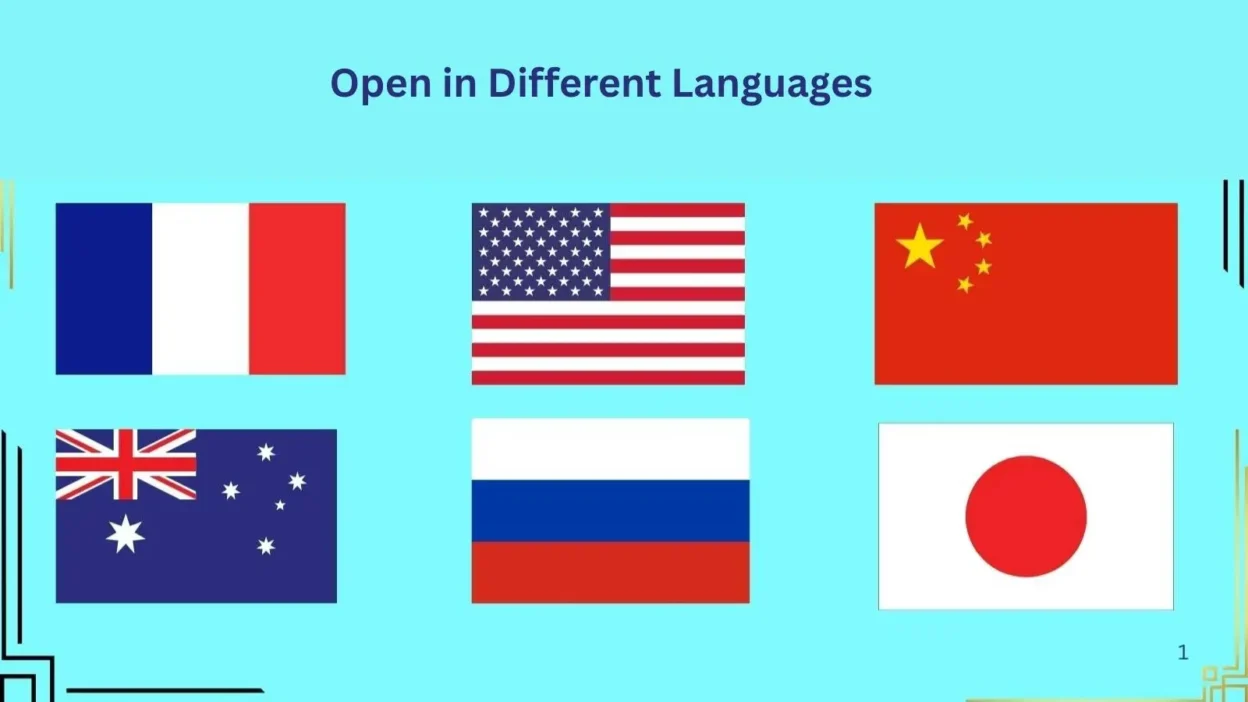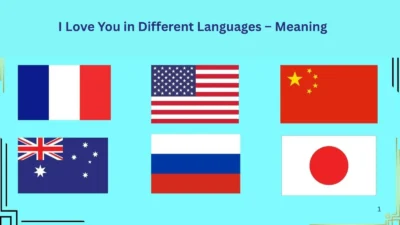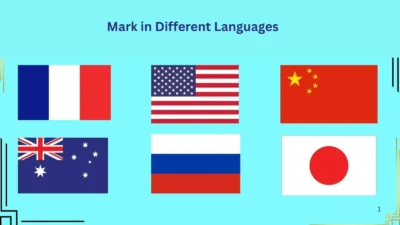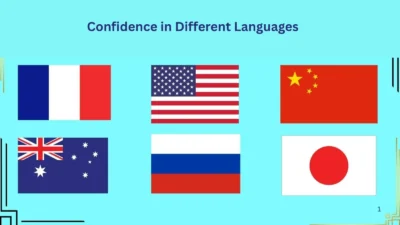Why Are You Searching for Open in Different Languages
Have you ever traveled to a different country and wanted to know whether a store was open? Or maybe you’re working on a multilingual app or website that needs to say
Open” in several languages. Perhaps you’re just curious how everyday words like open change from one culture to another.
Whatever your reason, you’re in the right place.
This article will explain the meaning of “open”, how it’s used in different contexts, and then provide you with translations of “open” in over 100 languages.
So, by the time you finish reading, you’ll be able to use this word confidently—whether you’re speaking, traveling, designing signs, or translating documents.
What Does “Open” Mean?
The word “open” is a versatile adjective, verb, and sometimes noun in English. Its meaning varies depending on the context:
As a verb:
- “Please open the window.”
- “Can you open the door?”
As an adjective:
- “The shop is open.”
- “He left the gate open.”
As a noun (less common):
- “He drove in the open.”
Its core meaning revolves around accessibility, availability, or lack of closure.
Why You Might Need This Word in Other Languages
Here are some situations where knowing how to say “open” in other languages is helpful:
- Travel: Checking if a store, museum, or café is open in a foreign country.
- Business: Creating multilingual signs for “Open” or “Now Open.”
- Education: Learning basic vocabulary in a new language.
- Technology: Developing software or user interfaces with localization.
- Culture: Understanding common phrases in books, signs, and speech.
Open” in 100+ Languages
Here’s how to say the word “open” in different major languages (mostly as an adjective for places like shops or doors):
| Language | Translation | Pronunciation (approx.) |
| Spanish | Abierto | ah-byair-toh |
| French | Ouvert | oo-vair |
| German | Offen | oh-fen |
| Italian | Aperto | ah-pair-to |
| Portuguese | Aberto | ah-bair-too |
| Chinese (Mandarin) | 开 (Kāi) | kai |
| Japanese | 開いている (Aiteiru) | eye-teh-roo |
| Korean | 열려있다 (Yeollyeo itda) | yuhl-yaw it-da |
| Russian | Открыто (Otkryto) | aht-kree-tuh |
| Arabic | مفتوح (Maftūḥ) | maf-tooḥ |
| Hindi | खुला (Khulā) | koo-lah |
| Urdu | کھلا (Khulā) | koo-lah |
| Turkish | Açık | ah-chuk |
| Dutch | Open | oh-pen |
| Greek | Ανοιχτό (Anoichtó) | ah-nee-kh-to |
| Swedish | Öppen | uh-pen |
| Hebrew | פתוח (Patuach) | pah-too-akh |
| Bengali | খোলা (Khola) | kho-lah |
| Polish | Otwarte | oht-var-teh |
| Thai | เปิด (Bòet) | burt |
| Vietnamese | Mở | muh |
| Filipino | Bukas | boo-kahs |
| Malay | Buka | boo-kah |
👉 Want the full list of 100+ languages? Just let me know!
Example Sentences Using “Open”
Here are some common ways you might use “open” in conversation:
- Is the shop open?
- Open the window, please.
- They keep their doors open all day.
- The restaurant opens at 10 AM.
- I can’t open the jar.
- She left the book open on the table.
- Are you open to new ideas? (used figuratively)
- Open the app to start.
- The museum is open to the public.
- We are now open! (for business signs)
Conclusion:
The word open might seem simple, but it plays a key role in everyday conversation—whether you’re asking if something is available, inviting access, or using it metaphorically.
By learning how to say “open” in different languages, you’re not just expanding your vocabulary, but also bridging communication gaps across cultures.
So, the next time you see a sign that says “Abierto” or hear someone say “Otkryto,” you’ll know exactly what it means—and feel a little more connected to the world.



